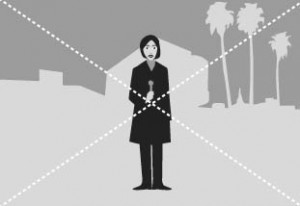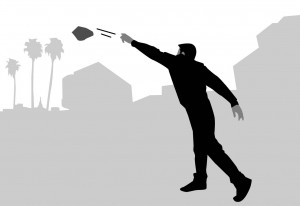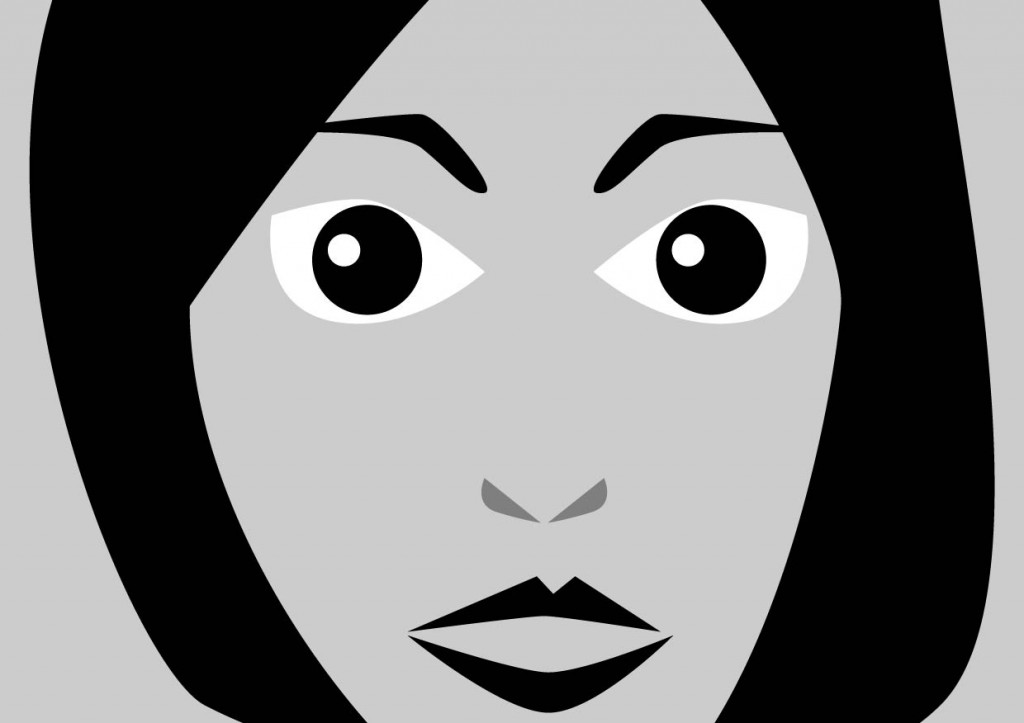Whether or not photojournalism is considered visual art, the basics of visual aesthetics apply. There are several easy rules that will help to improve one’s skills in photography.
It is good to remember, however, that all the “rules” mentioned below are guidelines to general aesthetics, and following them will make the photography appear neutral and thus pleasing to the eye. Obviously, when a professional photographer knows what they are doing, these rules can be “broken” deliberately to create different kinds of meanings.
First, there are eight standard shot sizes that primarily apply when photographing or filming people, and which are useful to know in framing and composition, regardless of the subject. Learning them by heart will help in the avoidance of easy mistakes such as cutting someone off from the neck or knees. Generally, framing a person in a way that cuts them off in the joints is not recommended since the end result often seems a bit violent.
Secondly, it is good to learn the two most common styles of composition: the central composition and the golden ratio. The direction of gaze or movement should be taken into consideration in the photos. If a person is facing or a car is approaching the camera directly, central composition is a good choice.
Instead, when a person being photographed is not facing straight at the camera but towards the left, or the car is speeding from left to right, they should generally be placed in the image area so that there is more space left towards the direction of gaze or movement. If the framing is done in the opposite way, this leaves very little space for the direction of the gaze or movement, emphasises the “unknown” outside the framing, and creates a feeling of anxiety, tightness or being trapped in the corner.
 The golden ratio is based on mathematical relationships. It means dividing the image area into approximately three sections in a horizontal direction and three sections in a vertical direction, so that the relationship of the parts is 2:3. When recomposing the image, the important items of the photo are placed at the points of intersection. Central composition means placing the items at the points of intersection in the middle of the image area. This composition is particularly effective when placing a target that is facing the camera directly.
The golden ratio is based on mathematical relationships. It means dividing the image area into approximately three sections in a horizontal direction and three sections in a vertical direction, so that the relationship of the parts is 2:3. When recomposing the image, the important items of the photo are placed at the points of intersection. Central composition means placing the items at the points of intersection in the middle of the image area. This composition is particularly effective when placing a target that is facing the camera directly.
 Central composition meansplacing the at the points of intersection in the middle of the image area. This composition is particularly effective when placing a target facing the camera directly.
Central composition meansplacing the at the points of intersection in the middle of the image area. This composition is particularly effective when placing a target facing the camera directly.
 Direction of gaze movement is good to take into consideration
Direction of gaze movement is good to take into consideration
when portraying people in the photos. If the person is facing the camera directly, central composition is a good choice; when a person being photographed isn’t facing the camera straightly, they should be placed in the image area so that there is more space left towards the direction of gaze or movement.
Perspectives
The three most commonly used perspectives are the normal perspective, bird’s eye view and worm’s eye view. In normal perspective, the subject is photographed at eye level. When taking neutral photos or video of people, the photographer should always choose this perspective. In bird’s eye view, the subject is photographed from the top downwards. This perspective gives the impression of the subject being weak and small. In worm’s eye view, the subject is being photographed from the bottom up. This gives the impression that the target is very large, and can also give an impression of power.

In normal perspective the subject is being photographed at eye level. Generally when taking neutral photos or video of people, the photographer should always aim to this perspective.

In bird’s eye view the subject is being photographed from the top downwards. This perspective gives the impression of the subject being weak and small.

In worm’s eye view the subject is being photographed from the bottom upwards. This gives the impression that the target is exceptionally large, but it can also give an impression of power and influence.
Image compositions
There are eight different image compositions:
- An extreme close-up (ECU) brings out detail, for example a part of a face.
- A close-up (CU) portrays the face of a person with the curve of the shoulder also visible. No excess space is left above the head. The top of the head can be left out.
- A medium close-up (MCU) is framed at the armpits or the chest. No excess space is left above the head and the person is central.
- A medium shot (MS) shows half a person, framed approximately at the navel. No excess space is left above the head.
- A medium long shot (MLS) portraits a person from mid-thigh up. No excess space is left above the head and the arms are at the sides, visible in their entirety.
- A long shot (LS) shows a person in full. No excess space is left above the head or below the feet.
- A very long shot (VLS) portrays a person in their surroundings. There is a lot of room both above and below.
- An extreme long shot (ELS) is as wide a shot as possible. It shows the whole picture with the surroundings and details are not discernible
Keep Reading:
Photograpy glossary; Composition of a photograph
Go back to the beginning of this section.
This article was updated on January 10th 2020.





